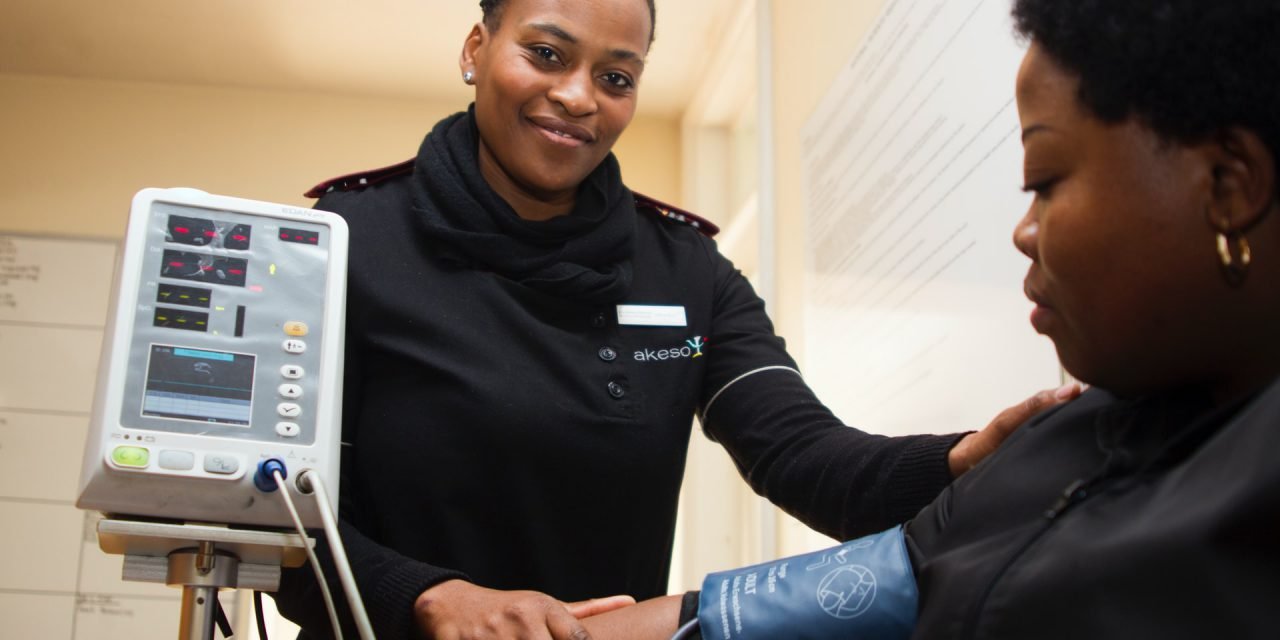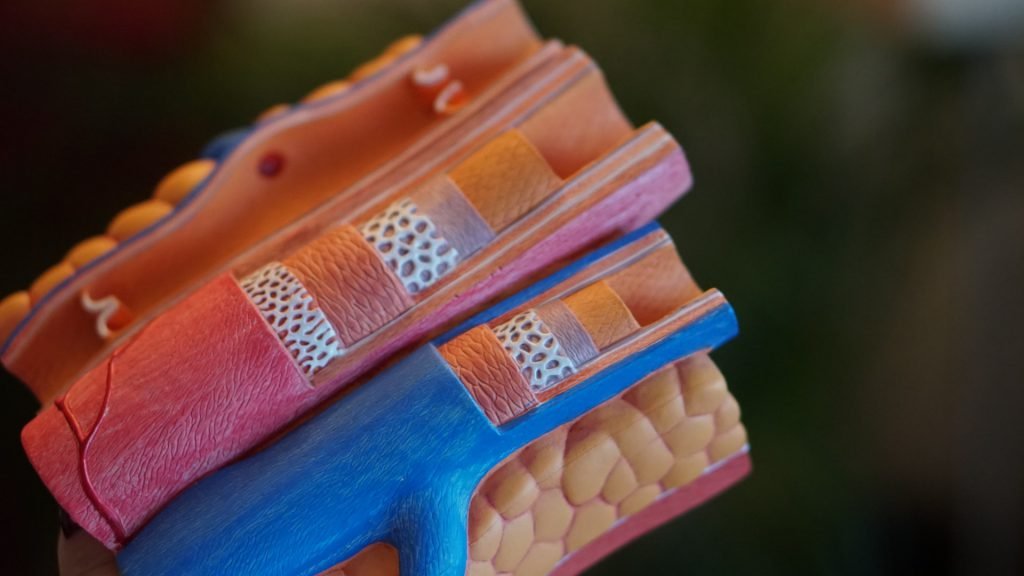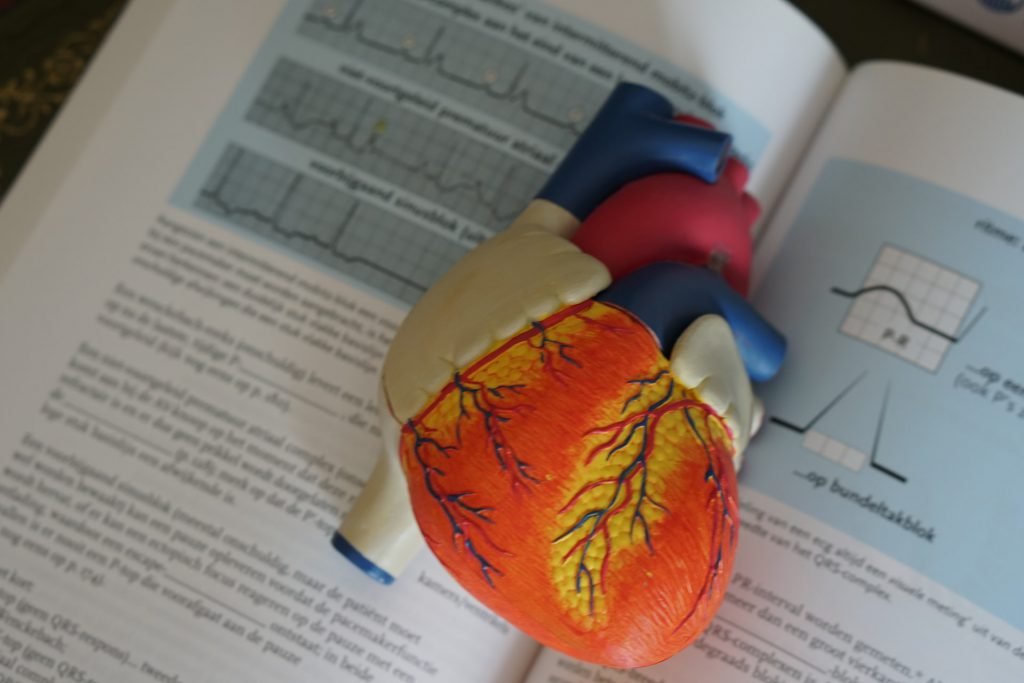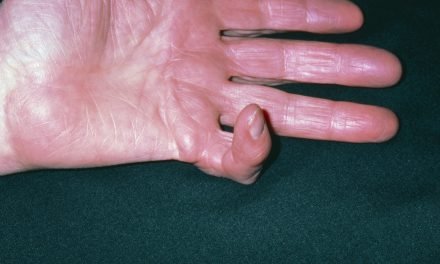
Spontaneous coronary dissection

The most confusing thing about spontaneous coronary artery dissection (SCAD) is that it occurs in people who appear to be in perfect health and usually in women.
SCAD (spontaneous coronary artery dissection) is relatively rare
Most of these problems occurred with women. Experts estimate that up to 80% of those affected are women. Spontaneous coronary dissection appears to occur commonly in pregnant women, but this is still under discussion.
The average age of people with spontaneous coronary dissection is 40 to 60 years, but it can occur at any age. One of the most confusing aspects is that they are generally healthy people with no risk factors for heart disease.
General Characteristics of Spontaneous Coronary Dissection

Medical experts have found spontaneous coronary dissection in patients aged 19 to 84 years. Some studies have reported that these disorders account for 1-4% of all acute coronary syndromes. 35% of women under the age of 50.
Not so long ago, experts thought that one of the crucial risk factors was pregnancy. However, the number of nonpregnant women has increased in recent years.
What is Spontaneous Coronary Artery Dissection?
Spontaneous coronary dissection is a condition in which a rupture occurs in one of the blood vessels of the heart. It limits or blocks blood flow to the heart, resulting in heart rate abnormalities, heart attack, or sudden death.
This is a condition that requires emergency treatment. If not diagnosed and treated promptly, it can lead to unavoidable death. Up to 70% of cases are discovered during the autopsy.
Although there is still not enough information, experts have established several risk factors, including:
- female
- It occurs more commonly during pregnancy and childbirth, early in pregnancy or after childbirth.
- Undiagnosed vascular disease, especially fibromyal dysplasia
- Excessive physical exertion (especially strenuous aerobic exercise)
- extreme stress
- Genetic factors, particularly vascular Ehlers-Danlos syndrome and Marfan syndrome
- High blood pressure
- Finally, cocaine and drug use
Causes and symptoms

There is no clear explanation as to why spontaneous coronary artery dissection occurs. In this regard, some authors believe it has to do with hormonal changes that alter proteins and mucopolysaccharides in systemic arteries.
Meanwhile, other authors suggest that this pathology is caused by an inflammatory process leading to eosinophilic infiltration of the arterial wall. However, some think that the inflammatory process begins after mechanical damage to the arterial wall occurs first.
Experts know that there are several factors that favor spontaneous coronary artery dissection, such as chest trauma, atherosclerosis, oral contraceptive use, or related conditions such as polyarteritis nodosa and lupus nodosa . Symptoms coincide with those of a heart attack.
Diagnosis and Prognosis of Spontaneous Coronary Artery Dissection
Diagnosis is clinical and is supported by tests similar to those ordered by a health care professional to evaluate a heart attack. These tests include, but are not limited to, coronary angiography, endovascular ultrasound, optical coherence tomography, and computed tomography angiography.
Once the acute phase is controlled, the prognosis is generally good. The survival rate over the next five years is 95%. However, in up to one-third of patients, the problem recurs within 10 years.
In recurrent cases, it is common for abnormalities to appear elsewhere than at the initial location. According to recent estimates, the mortality rate in relapse cases is 7.7%.





















